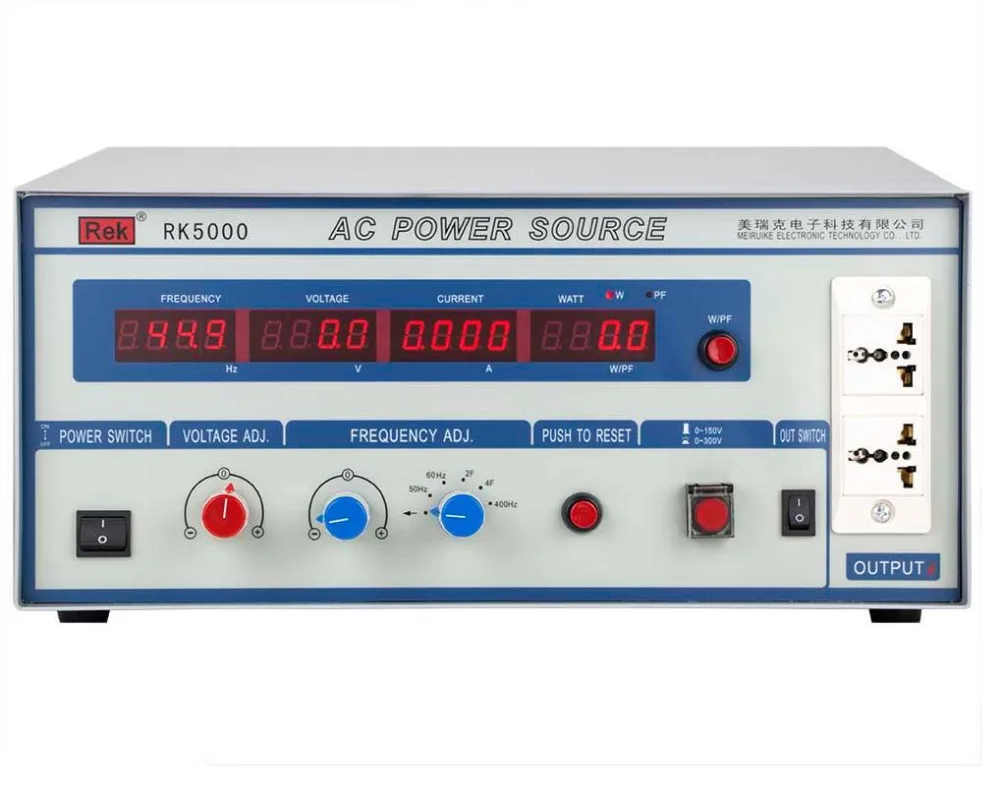- #1
PhysicStud01
- 174
- 0
Moved from a technical forum, so homework template missing
Hello,
This problem is about a.c. I am used to simply using basic a.c. supply symbol in circuit diagrams.

Here, I need to draw the set-up for an experiment where I can change the frequency of the supply (not the voltage) and see how this affect the peak current through a coil.
how can i change the frequency and how do I measure it. I have never drawn circuits like that. Will the signal generator be part of the circuit or is it simply connected to the a.c. alone?
also, how would I measure the current. Won't an ammeter's pointer keep on oscillating or will I have the rms value? or should I use a cro?
I do not have any apparatus to try this, nor can I find any explanation about this in books?
This problem is about a.c. I am used to simply using basic a.c. supply symbol in circuit diagrams.
Here, I need to draw the set-up for an experiment where I can change the frequency of the supply (not the voltage) and see how this affect the peak current through a coil.
how can i change the frequency and how do I measure it. I have never drawn circuits like that. Will the signal generator be part of the circuit or is it simply connected to the a.c. alone?
also, how would I measure the current. Won't an ammeter's pointer keep on oscillating or will I have the rms value? or should I use a cro?
I do not have any apparatus to try this, nor can I find any explanation about this in books?


